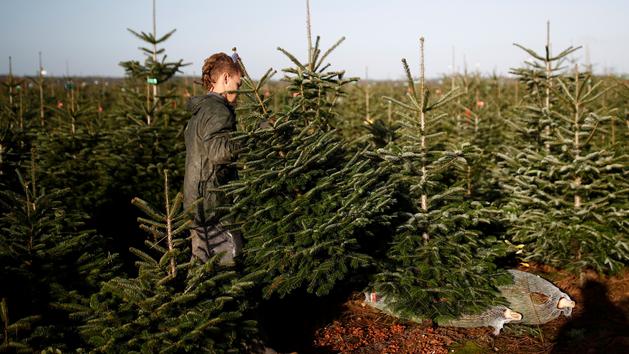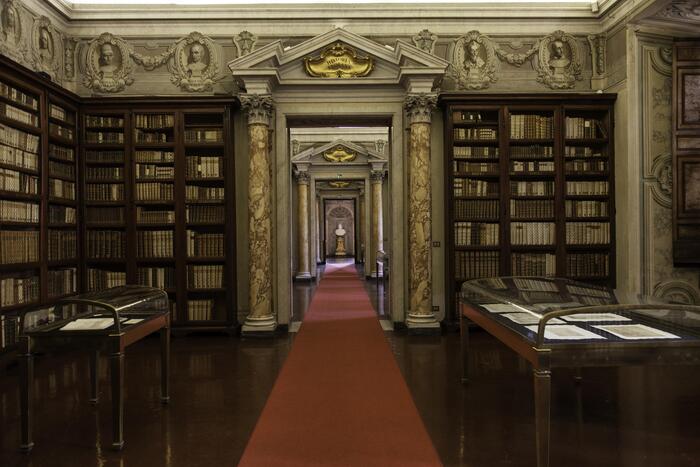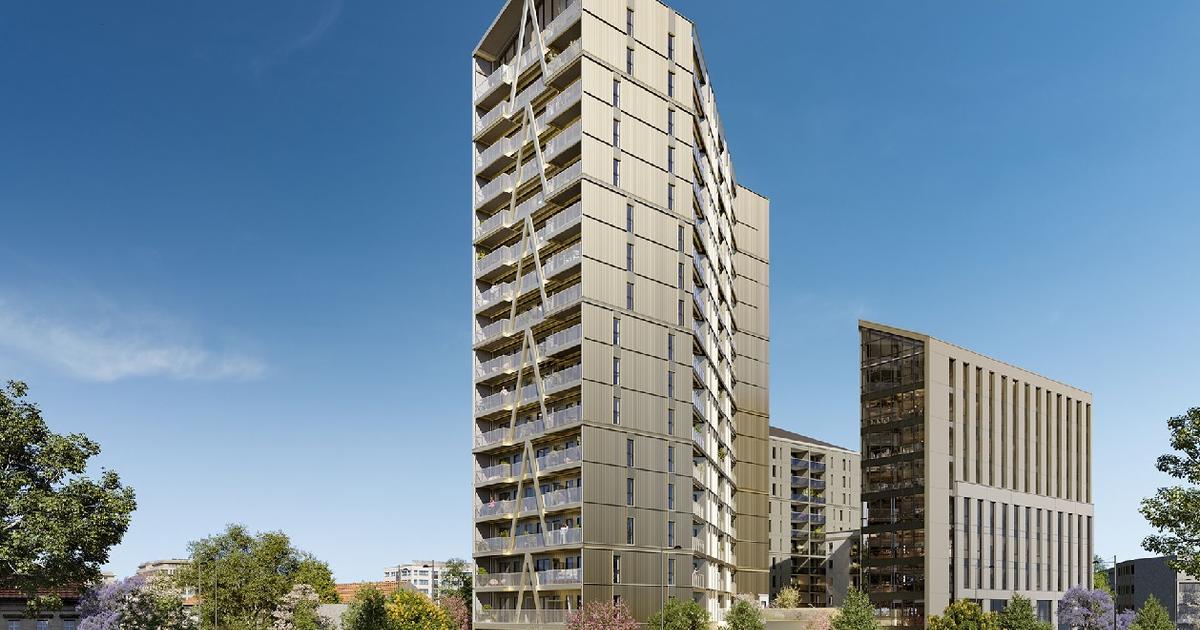“
We will not put dead trees in town squares [at Christmas].
I keep this memory of this dead tree that we brought in every year, it's not at all our conception of revegetation
".
In September, the words of the mayor EELV of Bordeaux, Pierre Hurmic, had provoked the controversy, so much they came to upset the tradition of Christmas.
With an increase in the number of trees sold over the past ten years (7 million in 2019), its position had cause for much criticism.
According to an Ifop poll carried out in the wake, 79% of French people say they are opposed to the removal of trees from the squares of large cities.
His choice is not unanimous among environmentalists.
However, he questions the environmental impact of the production and sale of natural trees for Christmas.
Should we prefer artificial trees?
Read also: Decorative objects with ramparts against the erosion of the dunes, the second life of Christmas trees
According to a Quebec study published in 2009 by the research firm Ellipsos, natural fir emits 3.1 kg of CO₂ per year, while artificial fir emits 8.1 kg each year.
According to the same study, artificial fir also has three times more impact on climate change than natural fir.
This observation is mainly explained by the product itself.
The artificial tree is actually made of plastic for the most part, produced from petroleum.
To this must be added the polluting emissions caused by its industrial production and its importation from Asia.
According to Frédéric Naudet, president of the French Association of the Natural Christmas Tree (AFSNN), “
99.9%
” of artificial trees come from Asia.
Finally, the artificial tree is not recyclable.
In contrast, “
the natural fir is, as its name suggests, natural.
It grows at home, it is an agricultural product, of our soil.
It's fresh,
”says Frédéric Naudet.
The producer also specifies that the fir trees “
are not taken from the forest
”.
“
We go to great lengths to destroy received ideas.
Christmas trees are a culture.
They are bred for it.
They have a lifespan of 10 years so you have to remove them after 10 years.
We do not take them all in the same year and each tree is then replaced by a new plantation,
”he explains.
The president of the association adds that natural fir also has the advantage of “
absorbing CO₂
” responsible for global warming and that it constitutes “
a carbon sink
”.
Once Christmas is over, the natural tree is also biodegradable or recyclable.
It can also be replanted.
Unless you keep it for twenty years to cushion its carbon footprint and equal that of a natural tree, an artificial tree is therefore undoubtedly less eco-responsible.
What natural tree?
However, the natural fir also has its flaws.
First, its cultivation often involves the use of phytosanitary products such as glyphosate, pesticides and fungicides.
It also receives growth hormones.
On the other hand, the cultivation of fir trees has the disadvantage of being a monoculture, which leads to the depletion of the soil of nutrients and a drop in biodiversity.
Read also: Christmas tree sales are authorized from this Friday, November 20
Frédéric Naudet nevertheless wishes to qualify these assertions.
“
We have evolved our methods for 3 or 4 years.
Most farmers have adopted reasoned methods.
We all anticipated the scheduled end of glyphosate,
”he says.
"
We use glyphosate to have a quality tree in its first two years, which are the most important and sensitive for the survival of the young plantation, but after that we have mechanical means that allow us not to use any
".
Regarding monoculture, the president of AFSNN says that the issue is "
inherent in all monospecific cultures
".
“
It's the same with fruit tree crops
,” he says.
It also contradicts the ecological argument of an absence of biodiversity: "
in our monocultures, there is grass, insects, there is life, an accompanying fauna
", he says.
For those who are not convinced by these arguments, and before opting for the artificial tree, there is still the solution of the organic tree.
"
An organic Christmas tree is certified '' Agriculture Biologique '' and has no phytosanitary treatment - glyphosate, pesticides, fungicides - and no growth hormone that can be found in conventional trees
", explains Hugo Querol, attaché sales representative at France Sapins Bio, a farm located in Ariège.
“
We use organic fertilizers and manual maintenance
,” he explains.
Manual maintenance that involves "
hoeing, mechanical maintenance or grazing
", adds Jean Fournel, president of the Association des Sapins Bio de France.
Organic producers also promote mixed farming.
“
In the middle of my trees, there are fields of vegetables,
” says Jean Fournel, who runs a farm in the Loire.
“
We are not on a monoculture, we value the fir differently and we have other crops.
[...] From an economic point of view, it allows us to work all year round, and on an ecological aspect, we show that we are not on intensive crops
, ”says Hugo Querol.
“
For 5 to 10 euros
” more than a classic natural tree - the average price of which was 27.2 euros in 2019 - it is therefore possible to get a more eco-friendly tree.
The fact remains that organic fir producers, who try to favor local products, are still very few in France.
According to the president of Les Sapins Bio de France, there would be "
a dozen labeled
" in the country, even if there is an upward trend.
Sales represent “
barely 1%
” of fir sales in France.














